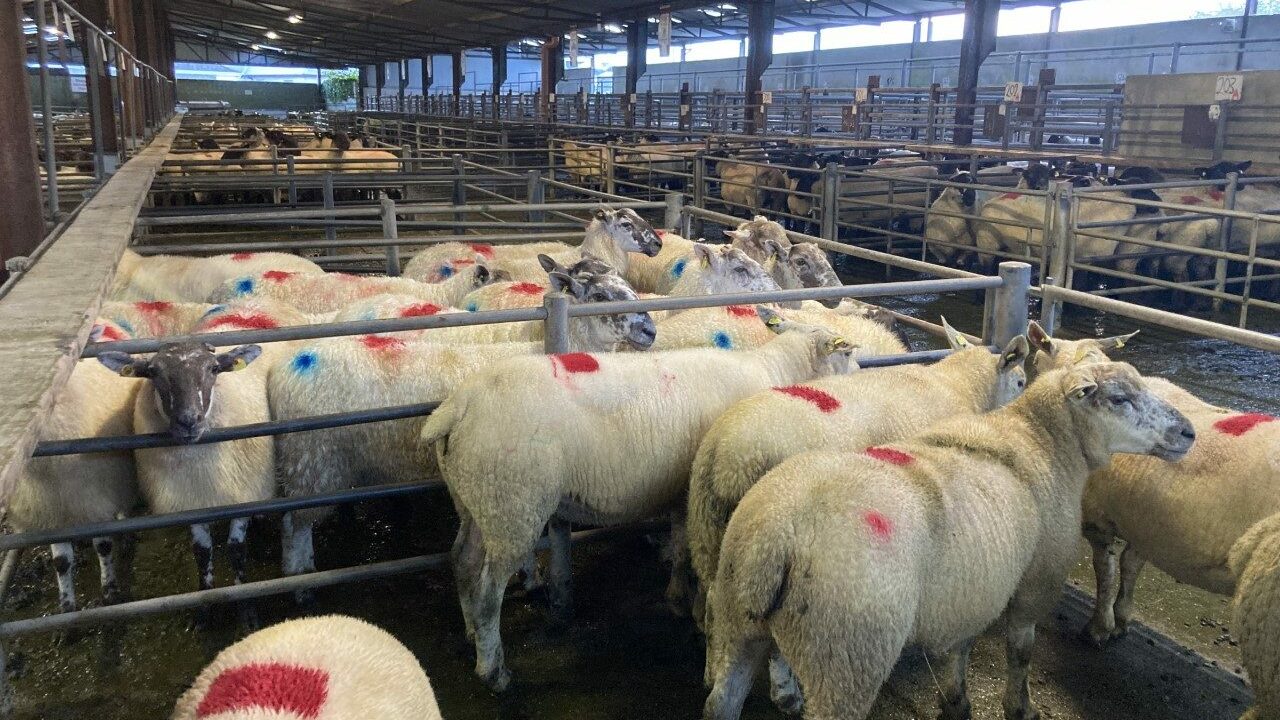A period in the sheep calendar which is coming to a close is that of the general sale of hogget ewes at marts.
Many who intended to buy hoggets have done so, and feel like they got value, going by what this writer has heard.
Last year, the lead up to hogget sales starting was hyped up and many went in with great expectations, only to be met with mixed and generally disappointed feelings after.
There was, and always will be, a place and good trade for quality stock and that was the case for the better-quality hoggets.
However, plainer types were a much “stickier and tougher trade”, words that were fed back by mart managers.
On account of how this year has unfolded, and the fact lamb prices took a hit in the lead up to hogget sales, there was much less hype and expectation around the breeding trade; this sentiment carried on right throughout.
However, once again, many have been left disappointed with the way the trade has unfolded.

Prices for quality hoggets have been making over €200/head to highs of €250-260/head in general, and to be clear, there has been a good demand for these hoggets.
However, a large number of hoggets have been moving at prices from €150/head up to €180/head, with even a fair proportion only trading from €120-140/head and even below this.
Considering the price ewe lambs were making last year, and even though a huge amount of feed most likely wasn’t fed to them, it still represents a poor return on an investment for many farmers.
The main factor pointing to this lack of demand for hogget ewes is fewer farmers looking to lamb ewes.
The cost of inputs has only worsened the situation.
Many of the plainer hoggets were harder sold and were actually being picked out and processed, as were older breeding ewes, with kill figures from the Department of Agriculture, Food and the Marine in the last number of weeks showing a substantial rise in hogget supplies and a strong ewe throughput.
The strong years of 2020 and 2021 saw an upturn in confidence in the sector and saw more and more farmers buying ewe lambs and keeping them on as hoggets to sell a year later.
Unfortunately, at the other end, last year and particularly this year, it has shown that there aren’t enough buyers for hoggets, particularly plainer ones.
This year has shown a strong demand for ewe lambs once again so it will be interesting to see what those who bought ewe lambs do and if what has been seen the last two years continues again next year, when hoggets return to sales rings.
